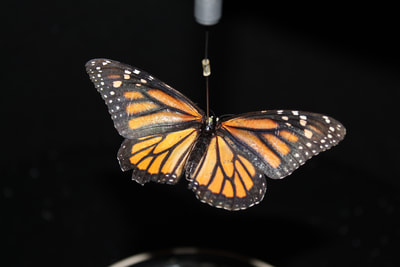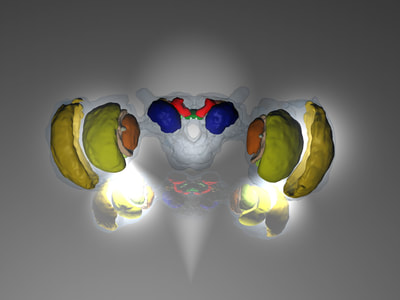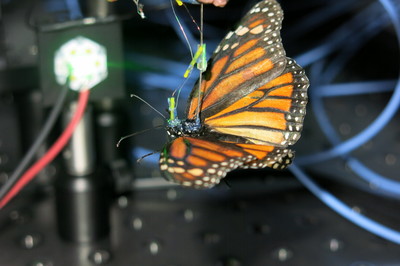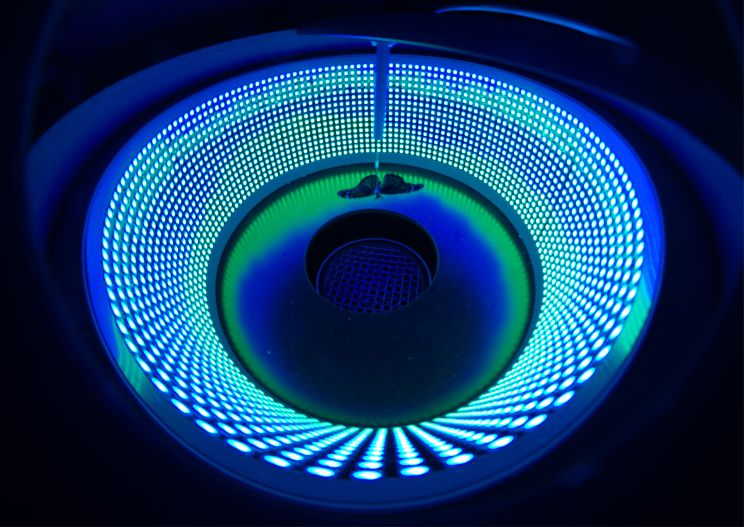HOW DO INSECTS USE CUES FOR ORIENTATION?Many insects are excellent navigators that can find their way back home or to an overwintering habitat. Visual cues, such as landmarks or the sky (the sun or polarized light) serve as an important reference for spatial orientation and navigation. To understand how these cues are used by insects during migration, we study the North American Monarch butterfly Danaus plexippus.
COMPASS ORIENTATION IN MONARCH BUTTERFLIESMonarch butterflies use different celestial cues as orientation references during migration. Apart from the sun, the sky offers a variety of other cues, such as the polarized skylight and the intensity and chromatic gradient that can be used by insects for orientation. We are testing how multiple skylight cues are used by monarch butterflies for orientation and how they are integrated in the brain.
A TIME-COMPENSATED SUN COMPASSUsing skylight cues as references to keep a constant direction poses one major problem: while the migration destination of the butterflies is a stationary location, the celestial cues change their positions throughout the day. To successfully reach their final destination, the butterflies must therefore adjust their heading relative to the sun’s position in a time of day-dependent manner. Using electropyhsiological, anatomical, and behavioral approaches, we are testing how sky compass information and time signals are combined by the Monarch butterfly.
SKY COMPASS ORIENTATION IN DUNG BEETLESDung beetles are well-known for their straight-line orientation behavior, every time they roll a dung ball away from the dung pile. To keep this straight-line path, they use celestial compass cues as their only source of visual reference. In collaboration with Marie Dacke's lab (Sweden), we are investigating how different lifestyles (diurnal vs. nocturnal) affect the cue hierarchy in dung beetles using behavioral and electrophysiological methods.
|
TECHNIQUES AND METHODSCollaboratorsMonarch Butterfly Project
Dung Beetle Project
Further Collaborators
|
CONTACT
Dr. Basil el Jundi
Norwegian University of Science and Technology Institute of Biology | Department of Animal Physiology Gløshaugen | Realfagbygget | Høgskoleringen 5 7491 Trondheim | Norway Email: basil.el.jundi[at]ntnu.no |
More |



